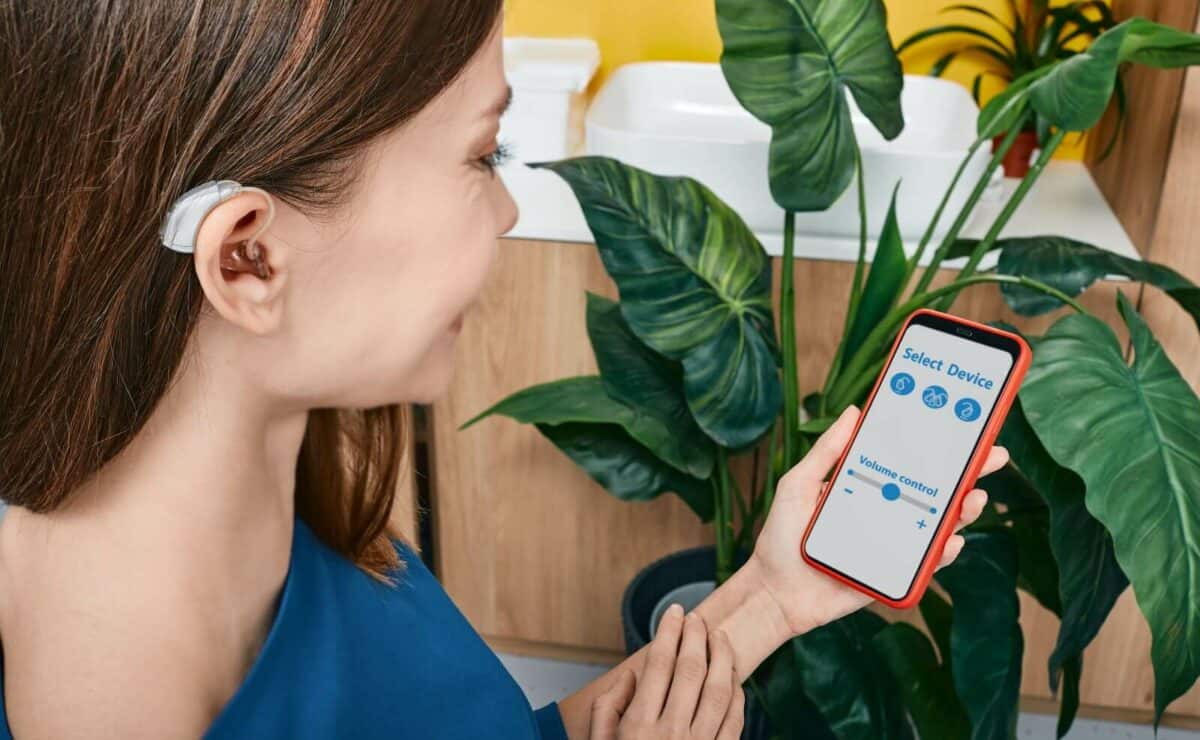- Pesticides Affect Hearing in Farmers - September 2, 2024
- Hearing Loss is #1 Disability for Veterans - August 1, 2024
- Untreated Hearing Loss linked to Dementia - July 1, 2024
Being a Hearing instrument Specialist since 1985, and working with my father, Clarence J. Welsch for many years before that, I have seen many great improvements of hearing aid technology over the last 45 years. When I began in the industry, there were body worn hearing aids with cords that were attached to receivers that snapped into large custom earpieces, eyeglass hearing aids, and large behind-the-ear hearing aids attached with plastic tubing to large custom earpieces that held them in the ear. Hearing aids used to be 1 channel, or 2 channels, if they had screws on them that could adjust high and low frequencies. Full Shell Custom hearing aids were introduced in the later 70’s and Custom Canal hearing aids became popular when President Ronald Regan was fit with hearing aids by Starkey Hearing in 1983. Over time hearing aids became smaller and smaller to fight the stigma of “looking old”. Adaptive Compression was introduced by Telex which helped with hearing in background noise. ReProgrammable hearing aids were introduced in the early 90’s. Digital hearing aids were first introduced by Widex in 1996. Since then, the hearing aid technology continues to sound better as microphones, receivers, and digital
sound processing improves. The most popular style of hearing aids is the Receiver-in-Canal hearing aid that came out in 2003. Many of today’s hearing aids use Artificial Intelligence as well. These new smart hearing aids are no longer your grandfather’s hearing aids. They look better, sound better, feel better, and most can connect to your phone.
All these features are great, but only if you are taking full advantage of the features that they boast. Too often hearing aid users come into my office unhappy with the hearing aids they purchased elsewhere. I often take the challenge to “fix” the problem—by refitting their current hearing aids if possible. Sometimes they have never been told about all the features their hearing aids have. Some have come in and the volume control was never turned on in their hearing aids, so they never had the means to adjust the volume. Some hearing professionals set the hearing aids up with only an “automatic” program trying to keep it simple for the hearing aid user and to save time. Although many like simplicity, they may be better served if they had a “Speech in Noise” program which uses the directional mic to pick-up the people’s speech in front of you, while using more noise reduction for sound behind you. In some hearing aids there are programs for being outside that will minimize the wind noise. Most hearing aid models today have telecoils to hear with hearing loops in select churches and auditoriums.
In addition, many hearing aid manufacturers make amazing accessories to stream from a TV device. Microphones can be worn by someone to project their voice into the wearer’s ears which is very helpful in noisy environments and in church. Most hearing aids today can connect to one’s bluetooth phone directly or with a secondary device. If dexterity is a problem, remote controls are available too.
If you are unhappy with your current hearing aids, go back to your provider to see what they can do for you. You need to make sure that you are getting full benefits from the features you have in your hearing aids. If you are still unhappy with your hearing aids, Call Welsch Hearing Aid Company at 920-452-0213 today for service, consultation, and a hearing test!

